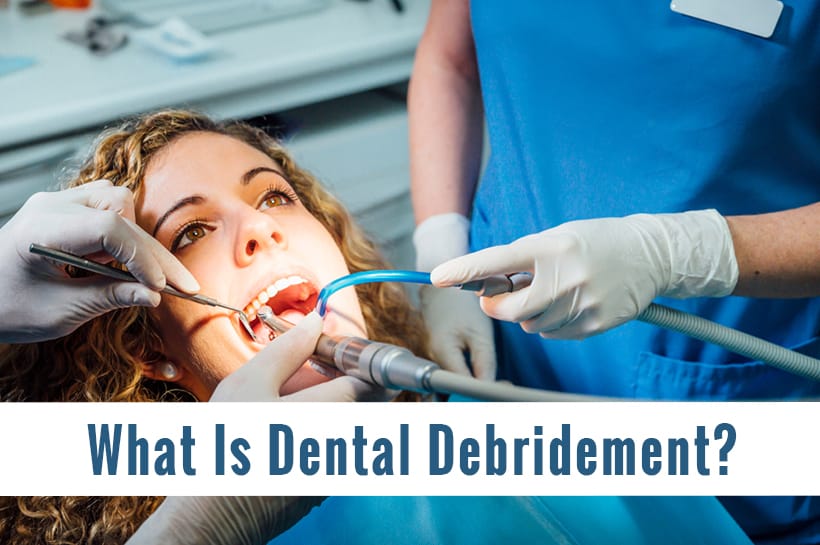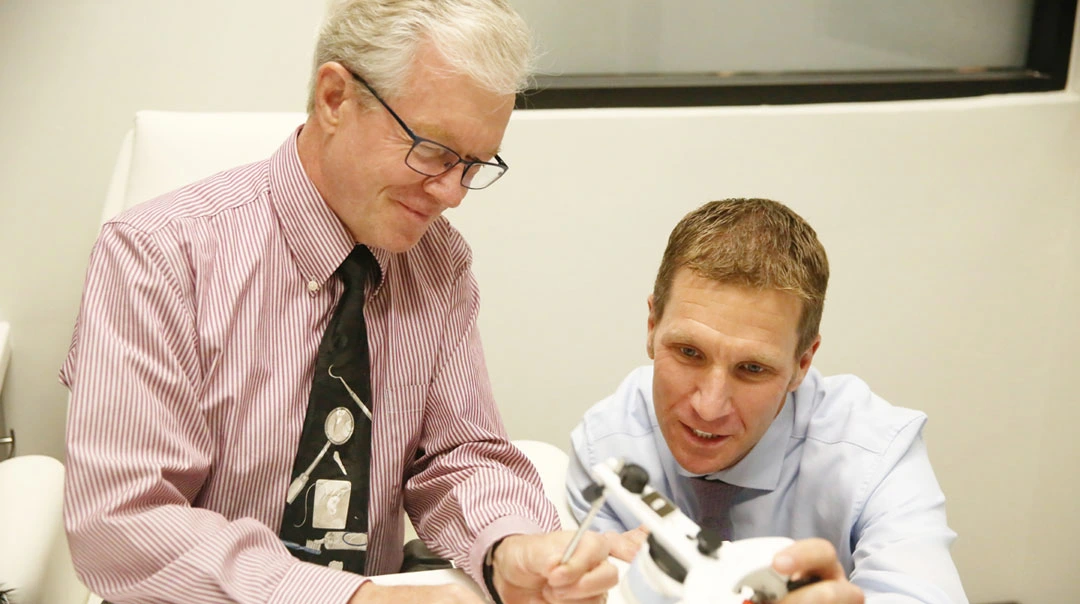 It’s been a while since you’ve seen your dentist. No worries, your dental hygienist can help you get your oral health back on track. We all build up plaque, a soft, sticky substance that forms on teeth. Over time, minerals in our saliva can mineralize soft plaque into a hard substance known as tartar buildup.
It’s been a while since you’ve seen your dentist. No worries, your dental hygienist can help you get your oral health back on track. We all build up plaque, a soft, sticky substance that forms on teeth. Over time, minerals in our saliva can mineralize soft plaque into a hard substance known as tartar buildup.
Typically, routine cleanings every six months is enough to keep the tartar build-up under control and your gum tissue healthy. If you’ve missed several cleanings, this tartar buildup can become quite challenging to treat. In such cases, routine cleaning won’t be the best thing for your dental health, and you may hear your dentist or dental hygienist suggest a dental debridement.
What Is A Dental Debridement?
A dental debridement, also known as a full mouth debridement, removes dental plaque and calculus above and below the gumline so that an examination can be done. Imagine taking your car to the paint shop for an estimate on some bodywork. You show up, and your car is filthy with salt, dirt, and road grime. Before an accurate assessment can be given, the painter has to take a power washer to remove the car’s debris to understand better what work needs to be done.
The same goes for your mouth. Years of plaque and tartar buildup can obscure your dentist’s view of your teeth and mouth. This can prevent them from accurately diagnosing decay and the health of your gum tissue. Performing a mouth debridement will clear the oral surfaces of plaque and tartar to make an accurate diagnosis.
How Is A Dental Debridement Performed?
A dental hygienist typically is the one who does routine dental cleanings for their patients, and they’re usually the ones who also do dental debridements. An ultrasonic scaler removes the bulk of the tartar and plaque. This unique electronic tool uses ultrasonic vibrations to remove tartar, plaque, and food debris easily. After the majority of the buildup has been removed, the hygienist does fine scaling.
Most patients are very comfortable during dental debridement. However, if your gum tissue is inflamed and irritated by the plaque and tartar, you may be more sensitive to the debridement. Please let your dental hygienist know how you are doing throughout the procedure. A topical anesthetic is usually available, and this can help keep you most comfortable during the process.
How Long Does A Mouth Debridement Take?
How long your mouth debridement takes can vary depending on how much plaque and tartar are present. It takes longer than a routine cleaning in that there are more tartar and plaque to remove. How tenacious the buildup also plays a factor as some tartar is challenging to remove. Most dental debridements can be done in one 60 minute appointment, but it is good to keep in mind that it may require a second appointment.
Is A Dental Debridement Safe?
Yes, a dental debridement is not only safe, but it’s safer than a routine cleaning appointment for those who have lots of buildup, and it’s been a while since they have received dental care. A routine cleaning appointment is meant for patients who have been seen regularly and who have healthy gum tissue.
If it has been a while since you’ve been to a dentist and have buildup below the gum line, it will be necessary for your gum health to eradicate all tartar buildup. A dental debridement allows for this more extensive cleaning type of cleaning, enabling your dentist to a better view when diagnosing decay and gum disease.
The good news is that once your teeth are properly cleaned, you can keep things under better control through routine six-month cleanings and checkups. Doing so will prevent excess plaque and tartar from forming, and your dentist and dental hygienist can continue to provide you with the best care!



Leave a Reply